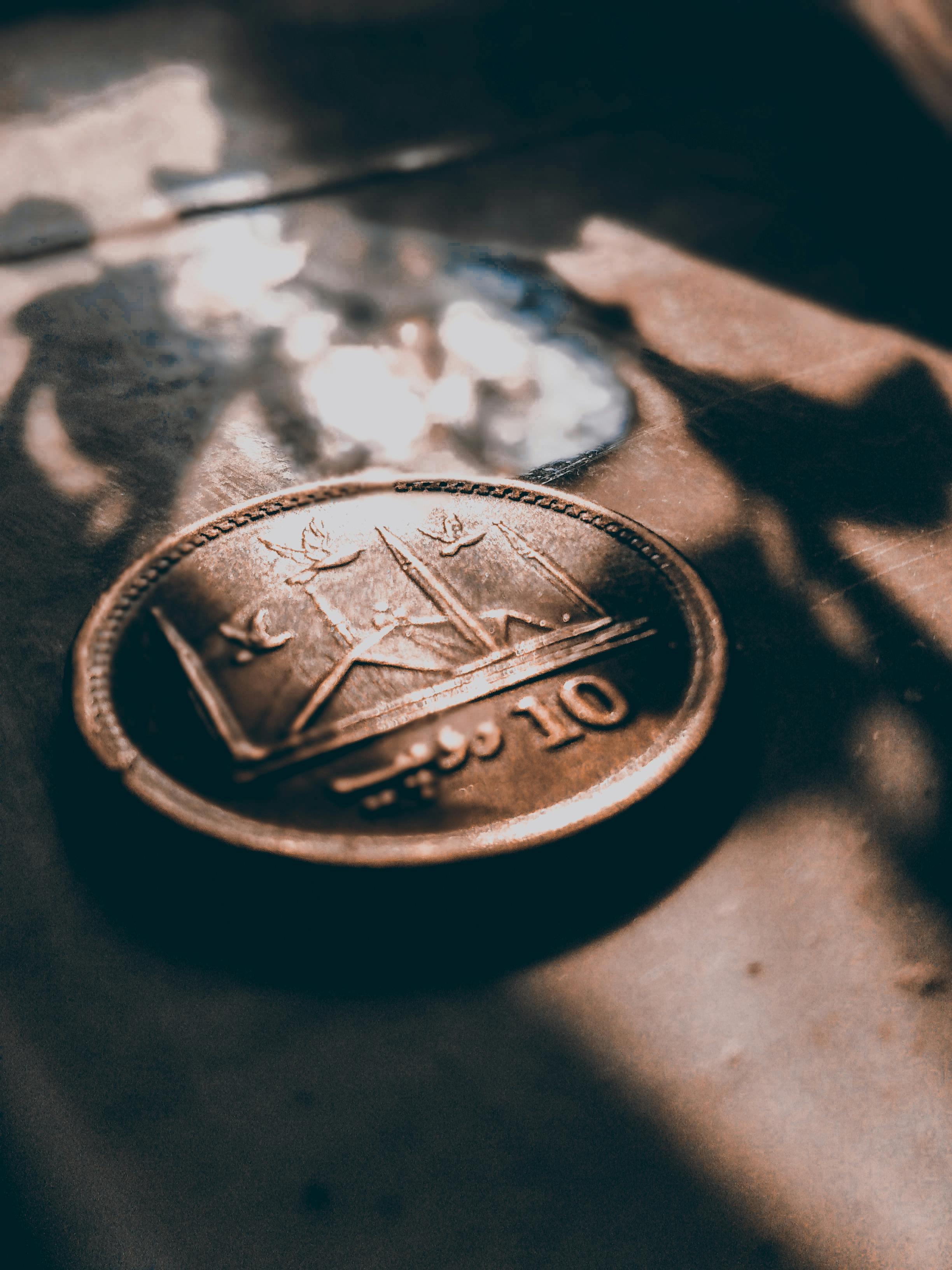Philippine customs for weddings
From pre-colonial indigenous rites to Catholic, Chinese, and Muslim practices, Philippine ceremony history is a lovely fusion of native and foreign forces. However, despite having different cultural backgrounds, love and commitment is a common concept in Filipino marriage rites https://www.goodhousekeeping.com/life/g38335193/strong-women-quotes/.
A conventional Filipino wedding, such as the pamanhikan, in which the groom’s family pays the bride a visit to officially ask for her hand in marriage, was an extravaganza of folk rituals much before Spain colonized the Philippines. A babaylan may love the people on the first day by holding their joined fingertips over a plate of rice. The couple subsequently went back to their arbor and enjoyed a delicious meal there until the next time.
The majority of families in the Philippines also practice pamanhikan customs nowadays, but they do so with a more contemporary flair. To the babaylan’s home, the bride and groom may be led on individual parades while frequently carrying meal or flowers as gifts. The couple may then kiss and hug one another as the babaylan does pray over the grain disk.
The brides will usually receive a kalamay rain( a disk of slippery corn sweets) from their visitors during the reception. The wheat serves as a reminder of their vow to remain united throughout their marriage. Additionally, it serves as a way for them to express their gratitude to their friends and family for their assistance and attendance at the ceremony.
The newlyweds will then typically dance during the money dance, also known as” the dollar dance.” The bride and groom’s friends and family gather in sherengas during this time to boogie with them while having expenses https://asiansbrides.com/christianfilipina-review/ pinned or taped to their attire. The sum of income raised represents their blessings and well wishes for the honeymooners.

